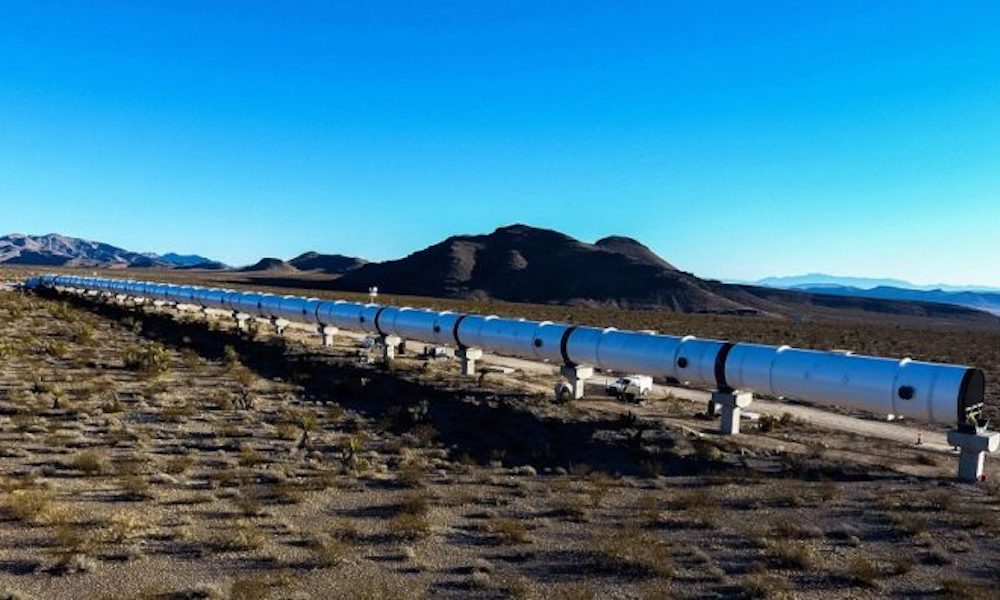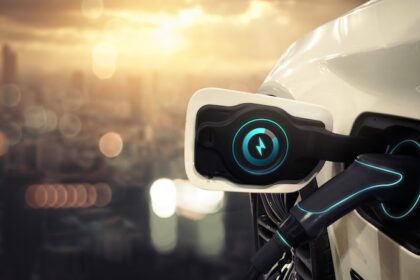While tech enthusiasts either praise or condemn Elon Musk for his high-speed project, many of us ask: Hyper … what? For those of you who are not engineers and are wondering what exactly Hyperloop is, what it can do and why everybody’s talking about it, we’ve compiled this guide.
If Joe Bloggs gets upset about a traffic jam or is annoyed by a train, he either writes an angry blog entry or flies the next time instead. When Elon Musk gets upset about these things, he immediately reinvents transport.
So, he spends his time with SpaceX, with a giant tunnel in the USA avoiding traffic jams, with Tesla, the car of the future and with the Hyperloop, the ultimate train he wanted to build. But what is a Hyperloop exactly? What does the concept mean for commuters? Why the hype? And what about toilets? We want to answer these questions with our handy Hyperloop guide.
Why is there a Hyperloop?
When California announced a high-speed train between Los Angeles and San Francisco, the California High-Speed Rail, Elon Scrooge Musk was terribly upset about the concept: too expensive, too unsafe, too slow, too normal.
He countered a short time later with his own Muskian (which should be a word!) vision: the Hyperloop.
What is a Hyperloop?
Imagine sitting comfortably on fluffy armchairs, watching the last episode of House of Cards on Netflix, while hovering in the air, hurtling at a speed of over 1000 kilometers per hour through a tube.
Okay, again slowly: fluffy armchairs, hovering, near the speed of sound, tube– this would be an ideal ride in the Hyperloop.
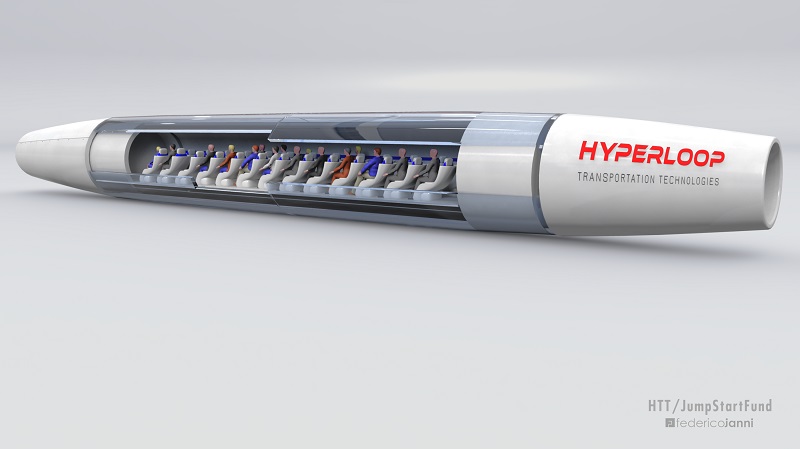
How exactly is this going to happen?
The vision of Elon Musk is as follows: first, a long tube is built, say from L.A. to San Francisco, or from Hamburg to Munich. Like the Transrapid, just inside a tube. This is to be set on stilts, which is supposed to make the transport also earthquake-resistant.
In this tube, passenger capsules with 28 seats each are to be transported from A to B every few minutes. The design of the capsules is similar to a flight cabin and passengers sit in two rows.
How are the capsules moved through the tube?
The system itself is operated by solar cells outside the tube.
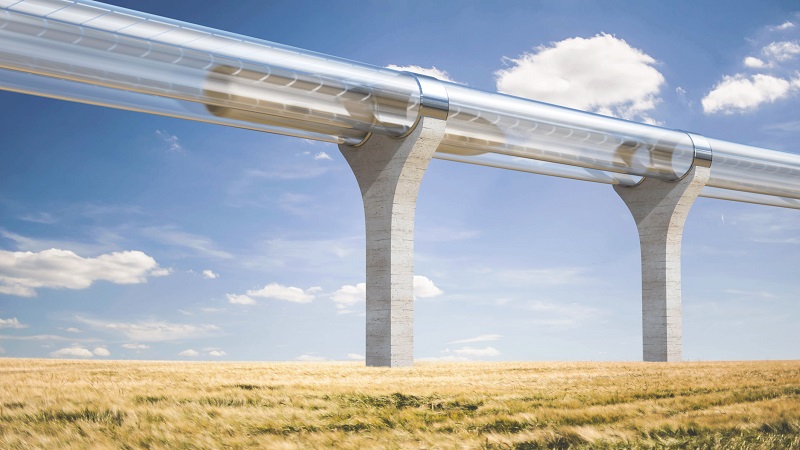
More exciting is the question of the actual capsules, which are to be propelled at over 1000 kilometers per hour. Engineers are still tweaking the exact answer. In his draft, Elon Musk speaks of the fact that the capsules should be in a “special environment.”
One possibility would be to allow the capsules to float inside the tube on an air stream. Imagine how you can let a small plastic bowl float by blowing air from the bottom with a hairdryer. In the same way, huge fans in the tube should float the passenger capsules and push them forward.
At the same time, a partial vacuum should prevail in the tube in which the air is compressed in such a way that there is hardly any air resistance in the tube. This in turn makes it possible to drive the capsules at a very high speed.
The second option is to create a vacuum in the tube and to move the capsules over electromagnetic motors. This seems more feasible and is therefore the current solution.
The ideas behind Hyperloop are not new: since the 18th century researchers, inventors and engineers have been working on the idea of a vacuum tunnel.
The full length concept of Hyperloop can be found in Elon Musk’s Whitepaper.
Who builds the Hyperloop?
Hyperloop is something like the Linux of the mobility industry. Several companies are working on the concept in order to be able to implement the gigantic plan in a kind of open source project.
First of all, Hyperloop One (formerly Hyperloop Technologies). There is also Hyperloop Transportation Technologies, a group of more than 800 engineers and researchers from around the world. The Canadian TransPod, like Arrivo, Hardt Global Mobility and Hyperchariot are also involved in the project.
In addition, numerous teams, partly from universities, participated in the Hyperloop Pod Competition in 2015 / 2016. The team of the TU Munich, Germany had won the prize.
Is it really possible?
That depends a little on whom you ask. As there is no such transport so far, the discussion of the experts has so far mainly taken place at the theoretical level.
Several scientists have doubts about the technology. John Hansman, a professor at MIT, said for example, in an interview: “The concept does not contradict fundamental physical laws, but I’m not sure if the details work.”
Markus Hecht, head of the Rail Vehicle Division at the Technical University of Berlin, also considers the concept unrealistic.
Whether Hyperloop really works or not, we will probably only know if there is a prototype. After all, Hyperloop has successfully completed the first full system test.
Let’s suppose there is soon such a super fast vacuum train. What do we all get from it?
If we take the concept at face value, Hyperloop is a completely new form of transportation.
Hyperloop will be faster than all the trains we know so far and even make us faster than an airplane (except for once-overs). Hyperloop is also to be even more comfortable and cheaper than flying.
On top of that, we would also save on getting to the airport, check-in and waiting for the bags.
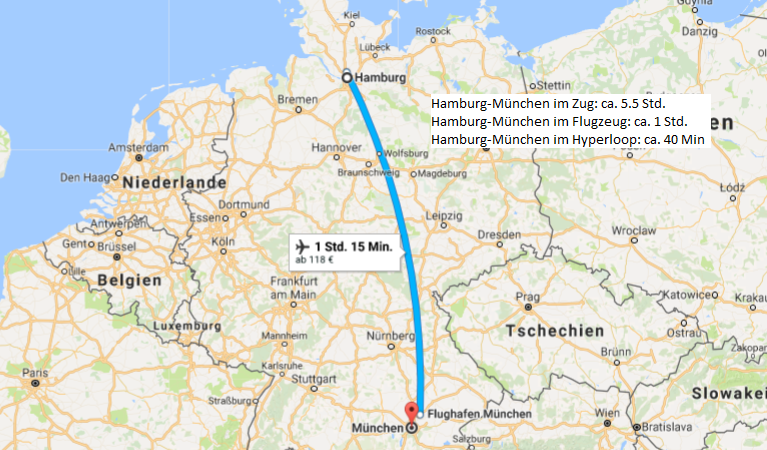
A journey from Hamburg to Munich would therefore take about 40 minutes, a journey from Berlin to Cologne only half an hour.
It would completely change commuting: every German city would only be a stone’s throw away. Besides the fact that we could travel from one country to another if there are international routes.
How convenient is Hyperloop for passengers?
According to Elon Musk, very! We would have comfortable seats and could use the in-board entertainment system.
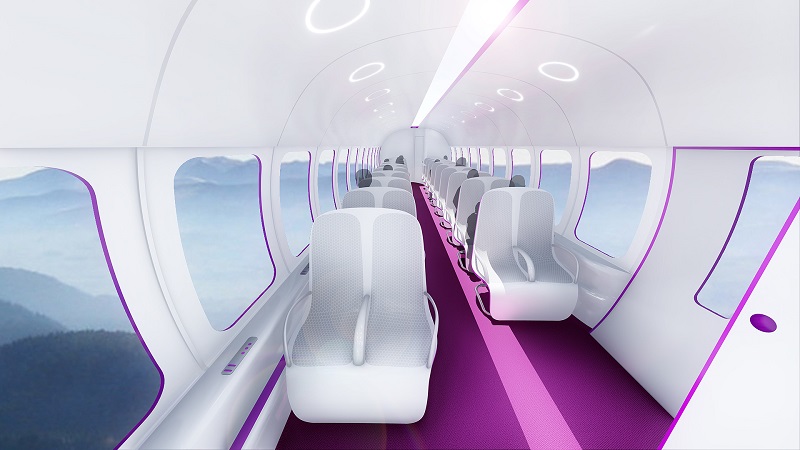
Many experts doubt this. According to current graphics the seats are very narrowly calculated, and one cannot get up during the journey. 30 minutes of sitting in a narrow, windowless (unlike in many conceptual images) capsule may not be everyone’s perception of a comfortable ride.
Toilets could also be an issue. Especially since there will probably be no toilets, according to current information. While for an adult this may not be pleasant, but still somehow endurable, it would be a huge challenge for a trip with children.
As fast as Hyperloop may be, people who do not want to be locked up in a tight space in the dark might rather pay more and sit a few hours longer on the train – where there is a view and you can at least get up and use the toilet.
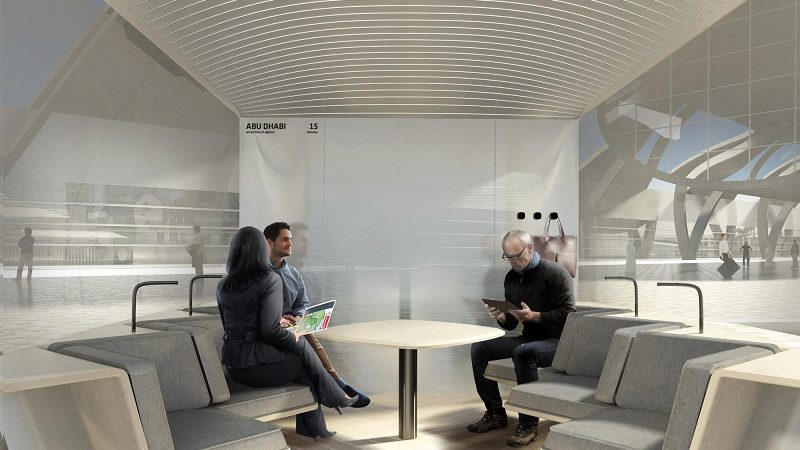
When can we ride a Hyperloop – and where?
Several countries have already expressed interest in the construction of Hyperloops, including the Netherlands and Germany. The first Hyperloop line is scheduled for the year 2020 in Dubai.

